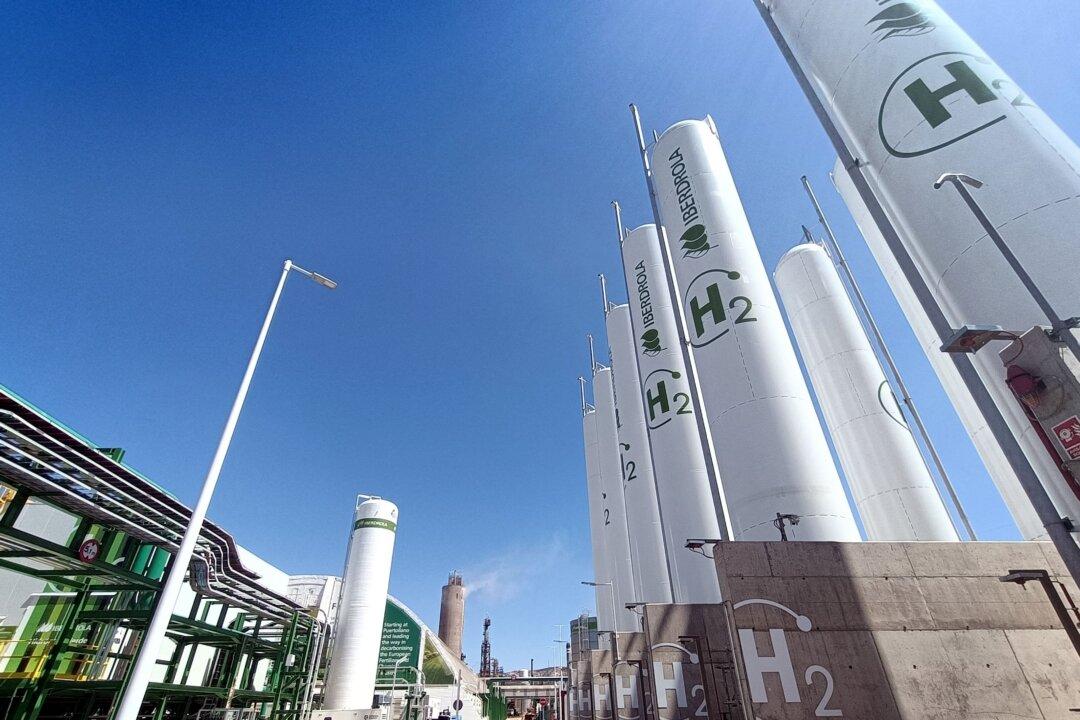The dream of green hydrogen production in Queensland is in trouble, with the Crisafulli government turning down a plea from the consortium behind the Central Queensland Hydrogen Project (CQ-H2) for an additional $1 billion toward the construction of the $12.5 billion plant and pipeline.
Backers of similar projects in Western Australia and Tasmania say they are going ahead with their multi-billion-dollar plans.
The proposal involved developing a hydrogen production facility at Aldoga, near Gladstone, a gas pipeline to transport gas to Gladstone Port, and an ammonia production facility.
It was supposedly going to produce up to 200 tonnes of liquefied hydrogen by 2028, and four times that by 2031, adding $8.9 billion to the central Queensland economy, and delivering $14.5 billion in exports.
Although the newly elected Liberal National Party (LNP) government initially said it would back the project, which was started under its Labor Party predecessors, Treasurer David Janetzki confirmed the government would not be supplying anymore funds.
The request came from state-owned energy corporation Stanwell—Queensland’s largest electricity generator—which is part of a consortium behind the project, including several Japanese and Singapore-based companies.
In November, Japanese utility Kansai Electric Power Company withdrew support from the project, citing higher-than-expected costs. This was a major blow, as Kansai would have been one of the main customers for the hydrogen.
Market analysts say the initial $12.5 billion had increased to $14.75 billion in a 2022 feasibility study and had continued to rise sharply due to substantial input costs.
Janetzki said what Stanwell was asking “would have required significantly more than $1 billion in state government funding, including infrastructure for water, port, transmission, and hydrogen production.
“We are focused on our energy generators providing affordable, reliable and sustainable power for Queenslanders,” he said in a statement.
The government had inherited a budget deficit, and with soaring debt, it could not justify further investment in emerging energy technologies.
“Stanwell’s investment in renewable hydrogen does not align with these expectations and this government’s objectives to focus on core financial and operational performance, and to maximise value from existing generation assets for Queenslanders.”
His decision will likely result in the loss of more than $100 million in state, federal, and private sector funding already spent on development.






